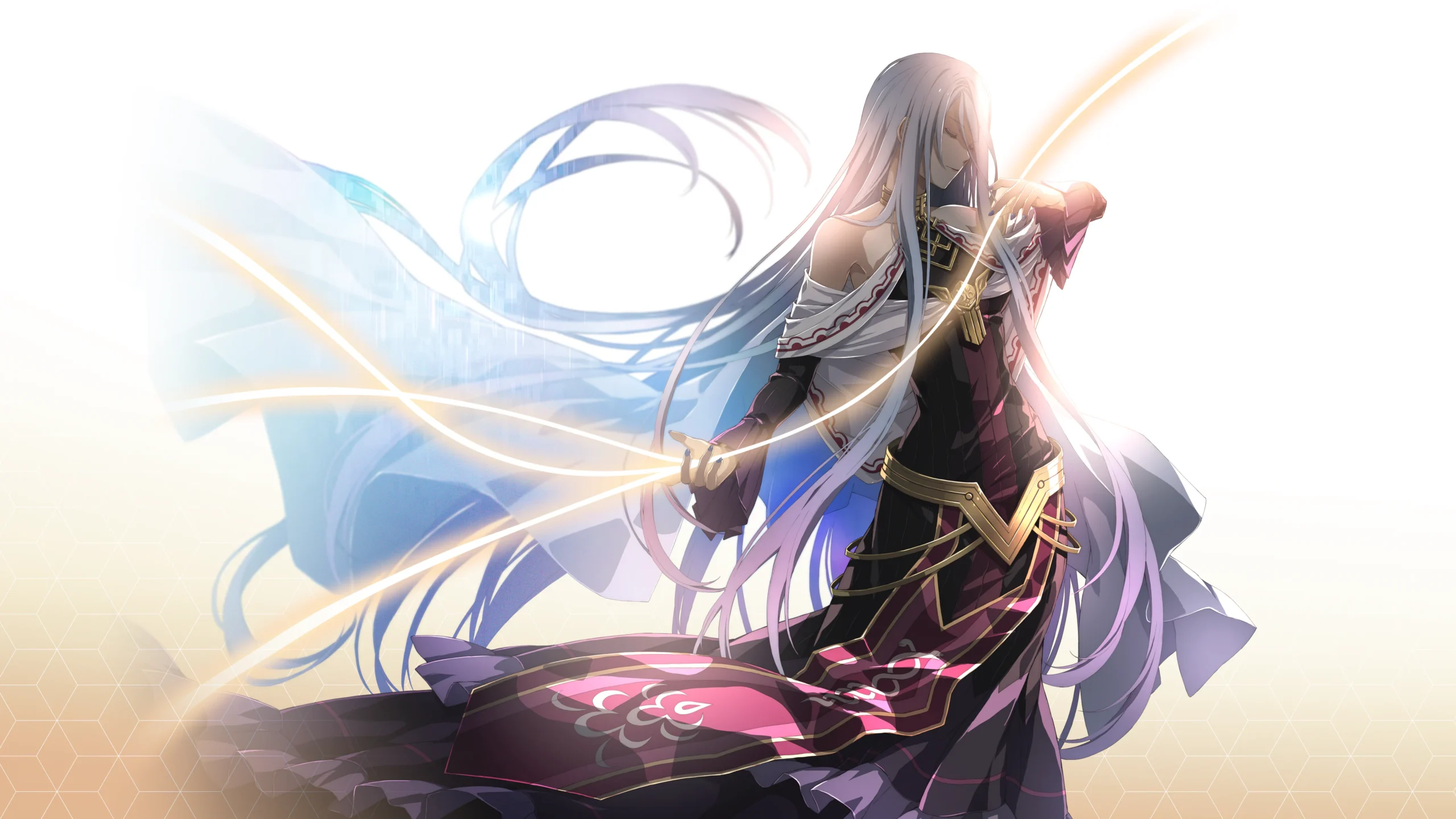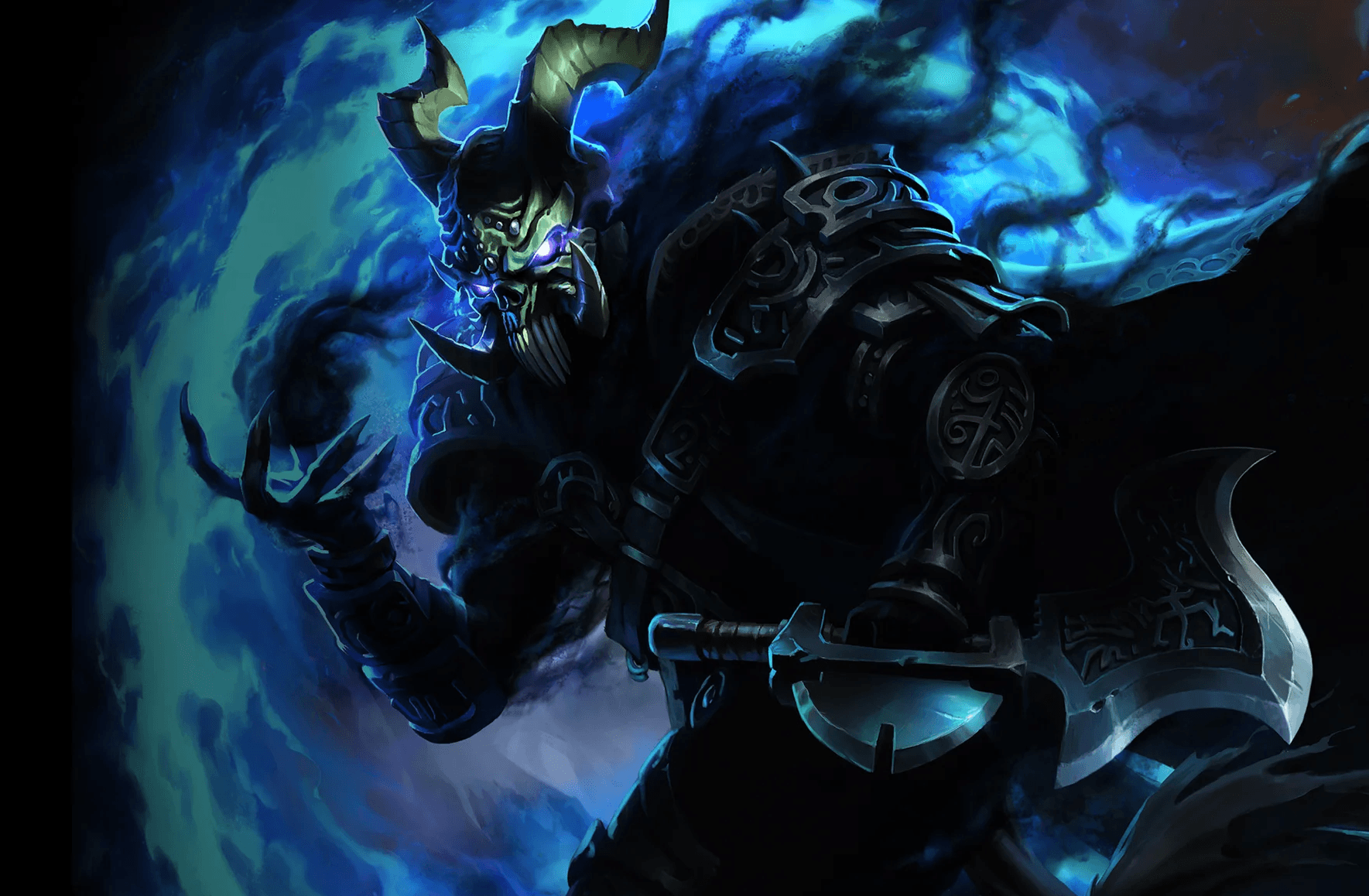Goodbyes are always harder when they’re between good friends, and what better ones can we think of than the ensemble of the Trails of Cold Steel series and its off-shoot set in Crossbell? With the latter’s upcoming signing of its long awaited independence, it’s certainly more than enough cause for celebration, as well as a bittersweet and tearful departure for the (very) long-running subset of The Legend of Heroes franchise. Trails into Reverie is the closing chapter to nearly 20 years of storytelling that started out on PlayStation 2 and PSP, and is now about to end three console generations later, with PlayStation 5.
That gives me pause. All things considered, it’s amazing what NIS America has been able to achieve with the franchise after picking it up from XSeed Games. Few series have managed to loop back around and give a satisfying conclusion to their arches, let alone full storylines as a whole, but that’s exactly what Trails into Reverie does, or better put, did, since this is essentially a localized port of a 2021 game that was previously Japan-only and exclusive to PC and PlayStation 4, and later, Nintendo Switch.
Safe to say, going blind into this is a fool’s errand since there’s so much backstory, but if you insist on doing so, the game is kind enough to throw a ‘previously on’ series of texts that will help ease you into Trails into Reverie’s plot, but as soon as you step into it, even if you did somehow memorize everyone’s names and stories, you’ll still probably be inundated by callbacks and references to past events you simply won’t be familiar with.
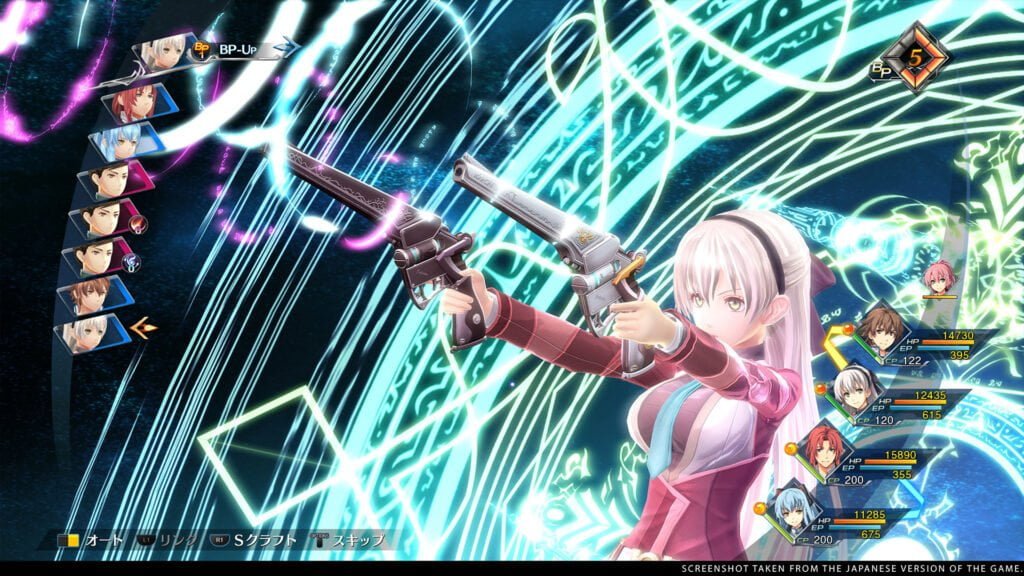
And trust me, even someone like me, who’s played most of the games before this one found it hard to keep up, for as much as Reverie does to alleviate the issue by throwing characters’ names the first time they show up and fill out a paragraph of their backstory in an off menu, to be completed as the game is played.
Then again, you probably know what you’re getting in with Trails into Reverie if you’re at least a little bit familiar with the source material, and since, well, every other game in the franchise has had the same approach to its extensive backstory. And it is EXTENSIVE. Even when playing the very first Trails of Cold Steel, I have vivid memories of spending hours just sifting through in-game history books in order to learn the vast story of the backdrop that the game took place in. Mainly for the quest that asked at the time for me to stop by the library, but also because it is unabashedly good to begin with.
That’s the thing with The Legend of Heroes: for as fan service-y and anime as heck as it is, and it doesn’t hide it at all, it’s in plain sight for all to see, it’s an incredibly interesting series of games with a fantastic and rich story that’s full of political intrigue salted by military engagements, religious falling outs and plenty of drama. It’s the sort of thing that in any other medium would span numerous volumes and probably be canceled halfway through, but here it simply works and exists as an interconnected collection of games that is simply incredible to behold.
And if I told you that The Legend of Heroes goes beyond encompassing just these games that are concluding with Trails into Reverie, you’ll call me nuts, but it is in fact true, although not needed knowledge in the grand scheme of things. The Trails in the Sky trilogy does somewhat factor into the overall backdrop, even though in the end knowing those games isn’t strictly needed.
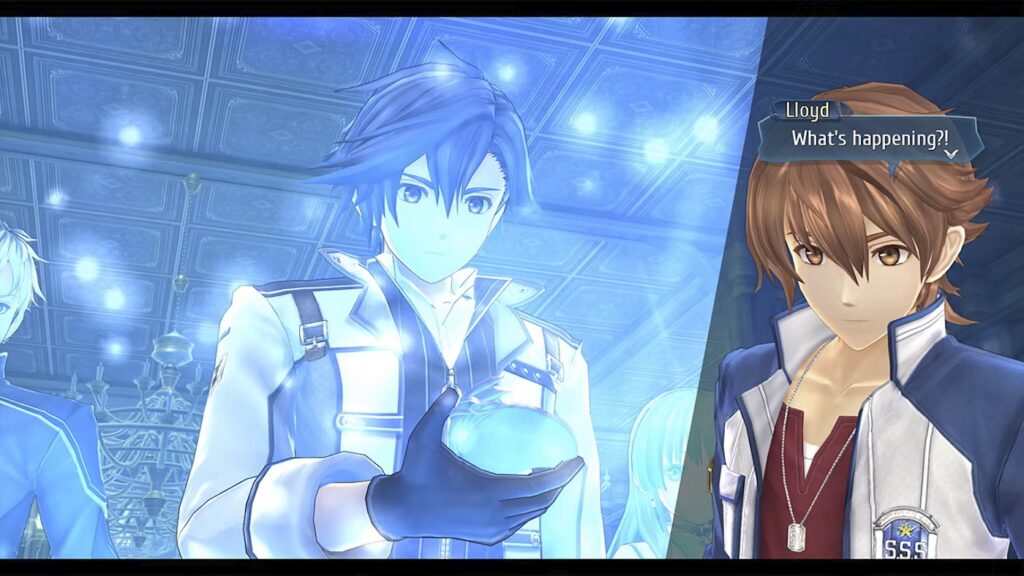
So with all that out of the way, let’s talk about Trails into Reverie itself. It’s split into two distinct storylines tied to the two protagonists that have led both series up to this point. On one side, we have Lloyd Bannings, leader of the SSS branch of the Crossbell Police Department. He’s partly responsible for having won his country’s independence by fighting against an invading army who refused the armistice that was held after the war between the two states that surround Crossbell, Erebonia and Calvart.
At the other end, there’s Rean Schwarzer, former pupil of Thors Military Academy turned professor and hero of his country as The Divine Blade of the Wind, also one of the bad guys for a little while, but who remembers that slice of history when the dude is considered a hero of the war that ended the great Twilight, a curse that was cast upon the parties involved in the fighting, raising their will to fight each other.
Plus, there’s a third track that should remain unspoiled for those jumping in, featuring a myserious masked figure only known as “C”; safe to say, it’s the one folks will want to keep an eye peeled and really dig into it and jump in head and shoulders, as it’s an exciting part of the series up to this point that hasn’t been as explored as Rean and Lloyd’s arcs. It’s worth reading up on events through the extras menu in order not to be as lost in this trail, though, so you’re well warned.
Damn, that’s a whole lot in and of itself, but it’s only the tip of the iceberg with this series, because for each one of these guys there’s a huge roster of characters that are intrinsically involved with the plot, and their relationships intertwine with one another between protagonists, so trying to keep them apart by drawing charts would be a very silly thing to do, even sillier than trying to write about The Legend of Heroes and having it go as a single .doc file. It’s impossible, so let’s not even try.
Safe to say, you’ll be riding along knowing the basic gist of what’s going on, unless you are up to date with the backstory and with the previously released games, having finished them and memorized every single event up to now. Now, I can sense that would be something a tad difficult to find among those of you reading this review, so to make it simple, I’ll sum up what’s different this time around instead of explaining battle mechanics, party interactions and whatnot, because they’re hardly changed from Trails of Cold Steel IV.
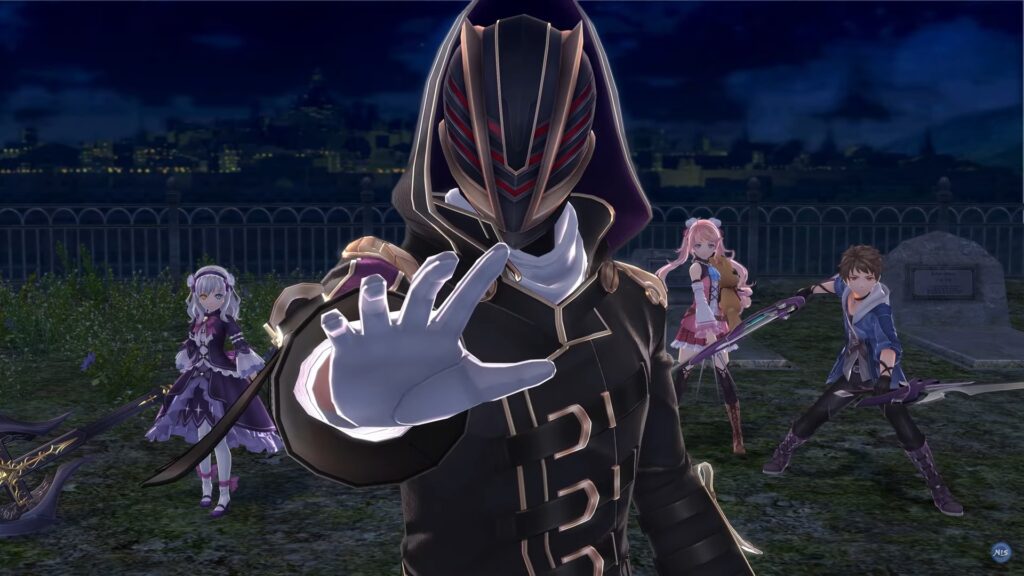
You can still issue party-wide buffs through orders, and now that there’s group compositions that go beyond the base four characters, you can use up the points you save during combat and unleash even more powerful attacks, magic incantations, or heals through United Front, which work well in a pinch. Outside of that, the combat is as good as it’s always been, focusing on dealing elemental damage that might happen to pierce through enemies’ particular weaknesses and such.
It’s worth noting that if you have previously played The Legend of Heroes games’ saves in your system of choice, you’ll be able to score a number of perks in Trails of Reverie, such as bonus potions and other items, as well as the chance to carry over specific decisions made through the course of those games, along with character relationship statuses in regards to Rean and Lloyd. That’s a lot to take in, I’m sure, but wait, there’s more.
As mentioned before, the game is split into three. At the touch of a button, you’re able to switch protagonists and follow their chapter-based stories each in their own setting, although they are concurrent. It’s a neat way of having you play with both heroes in one game, and it’s also a good approach into having you take a break from any of the two storylines and focus on something else for a few hours. And with the amount of information that is instantly thrown at you as soon as you first boot up the game, you’ll be thankful for the ability to switch fronts from time to time.
That isn’t to say that Trails into Reverie gets tiring per se, but it’s the sheer avalanche of tossed info that it tends to be at any given time does take its toll when you’re not instantly familiar with each and every reference that’s made. Oh, so and so are mad at you for something that happened months ago, or a character suddenly pops up that’s last seen three games past and is right away picked up by the protagonists without ever a hint of hesitation. It’s hilarious at times, but it can also be grating if you are coming into this expecting to be on top of everything right out of the gate.

In True Reverie Corridor, you’re able to explore randomly generated dungeons where you’ll recruit new characters into your party from across the world of the franchise. Zemuria is home to a host of heroes from all manners of life, so it’s worth to vary up your group a bit with the many new and known faces you are bound to meet along the way.
But truth be told, it’s cool to see NIS America taking the chance and bringing this out to the West the way it is. It’s a testament to its dedicated fanbase who’s been following along for years and through its change of publishers, and it’s great to see them carrying this to the very end, for as few people will get into it right away, unlike, say, me, who is still a whole bunch of games behind. Hey, they are long RPGs and I’m only one person, but I will eventually get as close to up to date as I possibly can.
Until that time comes, hats off to Trails into Reverie for doing what little to no gaming franchises have managed to do, and how it does so. With its follow-up series, The Legend of Heroes: Kuro no Kiseki currently out in Japanese and still without an official English name even though a translation patch is in the works, I’m hoping for a fresh start with another branch of the franchise, one I can pick up from the beginning and be able to follow through to the end, as did the passionate fan base behind Trails of Cold Steel in Trails into Reverie.

